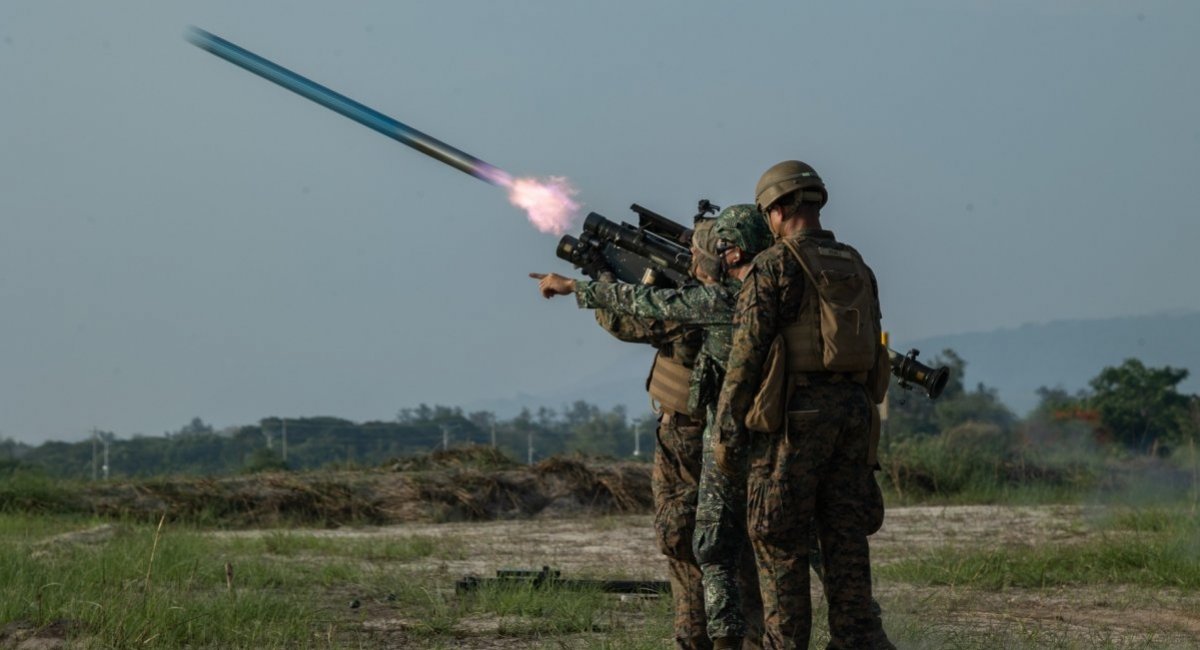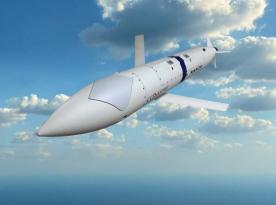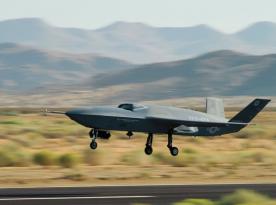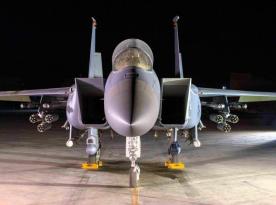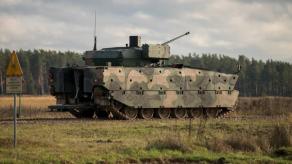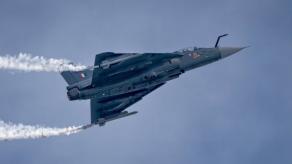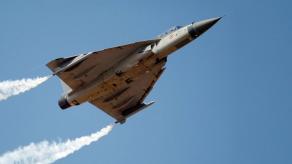Official permit for the sale of Stinger man-portable air defense missiles to Morocco, issued this week by U.S. Defense Security Cooperation Agency (DSCA), reveals the underlying policy of arms exports to non-NATO member countries.
The deal regarding 600 units of FIM-92K Stinger Block I missiles was valued at $825 million. That is, one missile for the worldwide-known American MANPADS would cost Rabat roughly $1.375 million in a comprehensive supply package. The final cost in the acquisition contract may end up being slightly less, but quite often it coincides with the initial estimate.
Read more: Cost and Delivery Time of AIM-9X, the Budget-Friendly Missile For F-16 and NASAMS

The pricing is particularly illustrative in comparison to other Stinger orders through NATO programs DSCA had approved back in December 2023. Germany, Italy, and the Netherlands were offered 940 of the same FIM-92K Stinger Block I missiles for $780 million. That puts them at nearly $830,000 apiece, or about 60% of the price for a partner outside the North-Atlantic Alliance.
Another example: in June 2024, the German Bundestag approved the purchase of 506 Stinger missiles at €395 million total, or €780,000 per unit, which is almost equivalent to the same $830,000.
Important to note, until the firm contract is concluded, these estimates remain speculative. Besides, many factors affect the price, including the lack of capacity to produce the missiles, logistics, and more. Still, preferential prices for strategic allies play a major role. Either that, or the cost of Stinger went up by an extra $545,000 per missile, i.e. by almost a half in less than a year.
For a reminder, production of Stingers in the USA was discontinued, and only in 2022 Raytheon asked for 30 months to reopen the conveyors, because the company had to essentially redesign the missile with modern components. The old parts from the 1980s were simply no longer in production, too: the former contractors had either closed down long ago or changed their business profile. The manufacturer also had to hire retirees who used to assemble the missile to train current employees.

It would be fair to note that such issues are not exclusive to the United States. For example, Germany also had simply lost the expertise that allowed local arms makers to make Stingers during the Cold War era. In the late 1980s, Dornier produced this MANPADS under the name Fliegerfaust 2, but the assets of this German company were partitioned in the 1990s and changed owners many times since.
Read more: Inspired by U.S. Avenger, Ukrainian Soldiers Modernized a Stinger By Themselves




